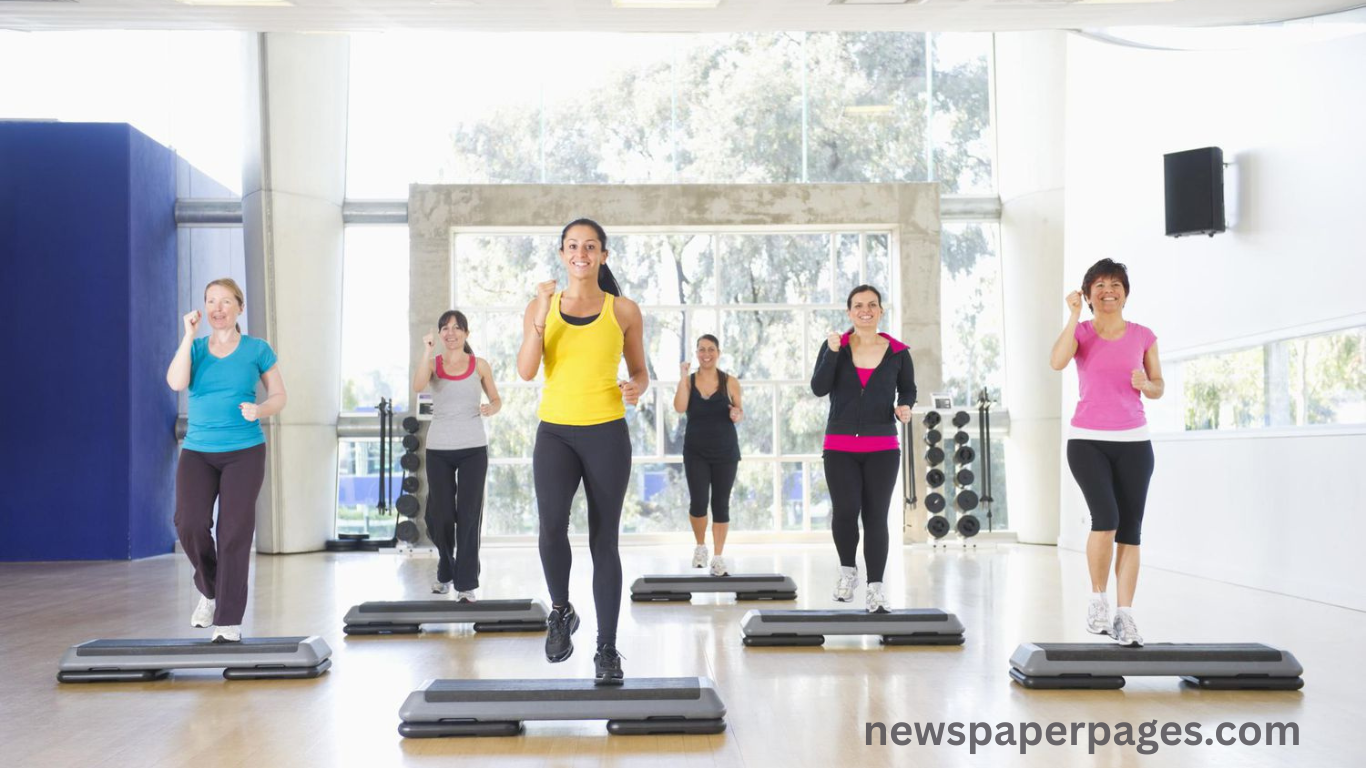High cholesterol is one of the major risk factors for cardiovascular disease, a leading cause of death worldwide. While medication plays a role for some individuals, lifestyle changes—especially regular exercise—can have a powerful impact on lowering cholesterol naturally. If you’re looking to manage your cholesterol levels, integrating the right types of physical activity into your daily routine can make a significant difference.
Exercise improves the ratio of “good” HDL cholesterol to “bad” LDL cholesterol and helps burn excess fat, reducing overall cholesterol levels. Whether you’re a fitness enthusiast or a beginner, there are a variety of effective exercises tailored to your goals and current health. This article explores the best exercises to lower cholesterol and how they contribute to better heart health.
Brisk Walking for Heart Health
Brisk walking is a simple yet powerful exercise that boosts cardiovascular fitness and helps lower LDL cholesterol. Just 30 minutes a day, five times a week, can significantly improve your lipid profile. Walking increases your heart rate, burns calories, and helps with weight management—all critical factors in controlling cholesterol. It’s ideal for beginners and can be done anywhere with minimal equipment.
Jogging and Running to Boost HDL
Jogging and running are moderate to vigorous aerobic activities that effectively raise HDL (good cholesterol) and decrease LDL levels. These high-impact exercises improve circulation, support heart function, and burn a large number of calories in a short time. Even short jogs of 20–30 minutes, several times a week, can yield noticeable health benefits.
Cycling for Low-Impact Cardio
Cycling—whether stationary or outdoor—is an excellent low-impact cardiovascular workout. It strengthens the heart, reduces LDL cholesterol, and increases HDL. It’s gentle on the joints, making it suitable for people of all ages. Regular cycling, around 45–60 minutes a few times a week, improves stamina and encourages fat loss, which directly affects cholesterol levels.
Swimming for Full-Body Conditioning
Swimming is a full-body, low-impact workout that enhances cardiovascular health and improves cholesterol profiles. It works multiple muscle groups while being easy on joints and bones, making it suitable for people with arthritis or joint issues. Swimming helps increase heart rate and burns calories, contributing to better overall cholesterol control.
Strength Training and Cholesterol Reduction
Strength training, including weightlifting and resistance exercises, helps reduce body fat and boost HDL levels. It improves insulin sensitivity and promotes muscle growth, which in turn helps regulate blood lipid levels. Incorporating strength training twice a week into your routine alongside aerobic workouts can yield excellent cholesterol-lowering results.
Read More : Walking Can Save Cancer Survivors From Heart-Related Death
High-Intensity Interval Training (HIIT) for Quick Results
HIIT involves short bursts of intense activity followed by rest or low-intensity periods. It’s known for its efficiency in burning fat and improving cardiovascular health in less time. Studies show HIIT can significantly reduce LDL and total cholesterol while increasing HDL. It’s best for individuals with some fitness experience and offers rapid results when done consistently.
Yoga and Flexibility Exercises for Stress Control
Yoga may not be aerobic, but it plays a crucial role in lowering cholesterol by reducing stress, a contributor to high cholesterol. Regular yoga practice can improve heart rate, lower blood pressure, and reduce inflammation—all of which impact cholesterol levels. It also promotes mindfulness, which supports better dietary and lifestyle choices.
Aerobic Dance Workouts for Fun and Fitness
Zumba, dance aerobics, and similar workouts combine music, movement, and cardio to lower cholesterol. These classes elevate your heart rate, improve circulation, and help burn calories, making them great for cholesterol control. They’re enjoyable, making it easier to stay consistent with your fitness routine, which is key for long-term heart health.
Frequently Asked Questions
How often should I exercise to lower cholesterol?
Aim for at least 150 minutes of moderate-intensity or 75 minutes of vigorous-intensity exercise per week to see measurable improvements in cholesterol levels.
Can walking alone help reduce cholesterol?
Yes, brisk walking regularly can help lower LDL and raise HDL cholesterol, especially when combined with a healthy diet and lifestyle.
Is it better to do cardio or strength training for cholesterol?
Both are effective. Cardio burns fat and boosts heart health, while strength training builds muscle and improves metabolism, contributing to cholesterol reduction.
Are home workouts effective for lowering cholesterol?
Absolutely. Bodyweight exercises, online cardio sessions, and resistance band workouts can be very effective when done consistently.
Does exercise affect HDL cholesterol levels?
Yes, regular physical activity helps raise HDL (good cholesterol), which protects the heart and aids in removing LDL cholesterol from the bloodstream.
How soon will I see changes in cholesterol from exercise?
Changes can be seen in 4 to 12 weeks with consistent effort, depending on exercise intensity, frequency, and individual health status.
Can exercise eliminate the need for cholesterol medication?
In some cases, yes. For individuals with mild to moderate high cholesterol, lifestyle changes including exercise may eliminate the need for medication, but always consult a doctor.
What’s the best time of day to exercise for cholesterol?
The best time is whenever you can stick to consistently. Morning, afternoon, or evening—what matters most is regularity.
Conclusion
Lowering cholesterol through exercise is not only possible but also empowering. From walking and cycling to strength training and HIIT, each form of movement plays a unique role in supporting heart health. Choose activities that suit your lifestyle and preferences, and stay consistent for lasting benefits. Start today—your heart will thank you.

